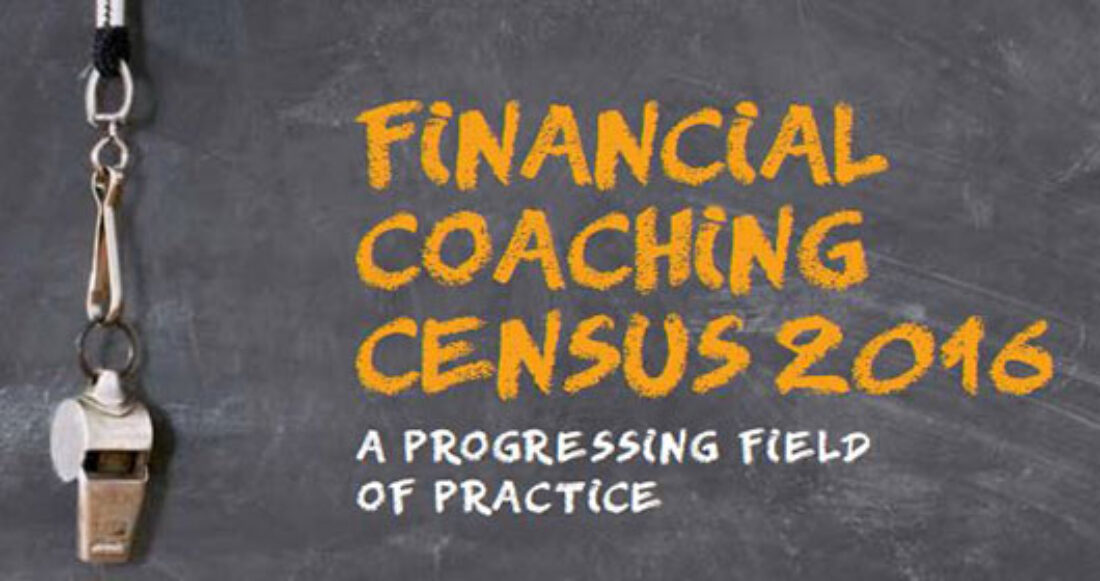Report Identifies Ways to Bolster Financial Coaching

Funders can maximize the potential of the growing field of financial coaching by investing in strategies to make the practice more inclusive and diverse; increase the use of web-based coaching tools; and improve data collection and outcome measurement, a new report finds.
The 2016 Financial Coaching Census — produced by the Center for Financial Security and the Asset Funders Network with the support of the Casey Foundation and other funders — was administered to financial coaches, managers of financial coaching programs and funders to gain a better sense of the size and scope of the field, how and where coaching is provided and what’s needed to support more effective implementation.
According to the majority of respondents, financial coaching is an effective strategy for improving clients’ financial well-being and credit, savings and budgeting are the most commonly tracked indicators of coaching success.
Financial coaches, skilled in active listening and motivational techniques, work with individuals to set goals for their savings and money management, track progress and give their clients feedback. Casey has been investing in financial coaching for more than a decade to supplement financial education and counseling with more hands-on support to help families achieve financial stability.
The 2016 edition of the Census includes data about the racial and ethnic make-up of respondents and clients, coaching caseloads and the length of client engagement in the coaching process. The data highlighted the need for more training in cultural competence and for more customized, flexible approaches to increase coaches’ ability to effectively help a broad range of clients, as well as for more research on client engagement and retention.
The report also found that:
- the majority of coaching takes place in person as part of other direct service interventions, such as homeownership education;
- web-based platforms could expand coaching into untapped markets; and
- funders and practitioners need better information about clients’ needs and preferences for coaching services, as well as the barriers that may keep clients from coming back.
“As financial coaching continues to gain steam, we see an important role for Casey and other public and private sector partners,” says Don Baylor, a senior associate at the Foundation. “These results point to a clear need to continue integrating financial coaching into core platforms such as the workplace, community colleges and other social services that interact with individuals working to achieve financial stability.”
The Coaching Census is part of the Foundation’s broader exploration of strategies to expand the field while maintaining quality and effectiveness and accurately track outcomes, as well as how and where coaching interacts with other key services and systems such as health care and criminal justice.





